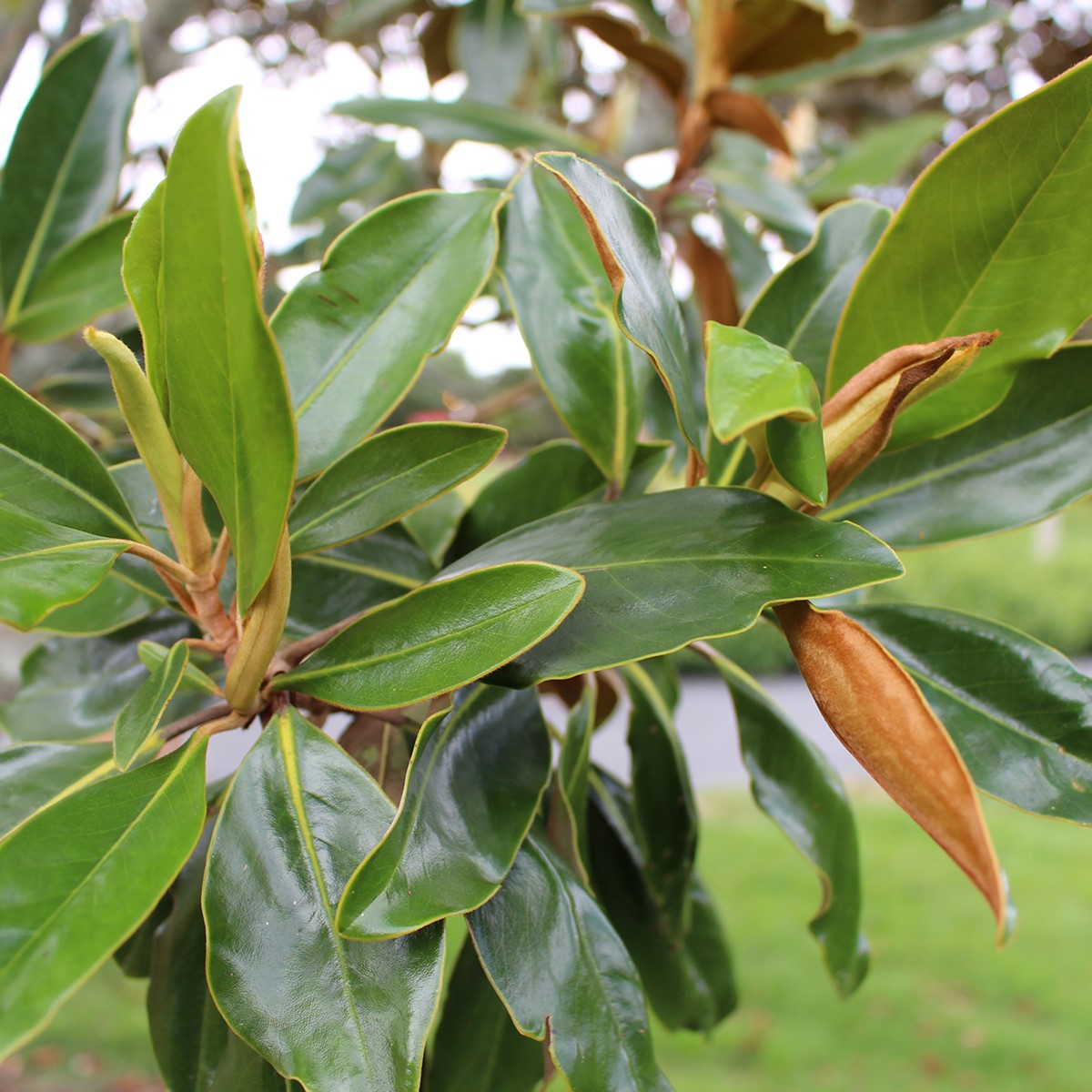Physical characteristics
A large, erect, slow-growing, palm reaching up to 15m with a fan span of around 3m.
Flowers and foliage
Fronds up to 3m long.
Preferred site
Prefers deep, well-drained soils. Grows in
Preparation for planting
Always choose healthy, well-grown,
Maintenance tips
Relatively easy plant to grow. Hardly needs any pruning other than to keep growth in check. Avoid disturbing the roots where possible. Easy to grow from seed.
Ecological and biodiversity benefits
Fruit provides a food source for birds.
Pests and diseases
Generally no
Location at Auckland Botanic Gardens
Native Identification Trail






.jpg?anchor=center&mode=crop&width=1200&height=1200&rnd=131732822304530000)

.jpg?anchor=center&mode=crop&width=1200&height=1200&rnd=132106949760530000)
 .jpg?anchor=center&mode=crop&width=1200&height=1200&rnd=131732822977030000)